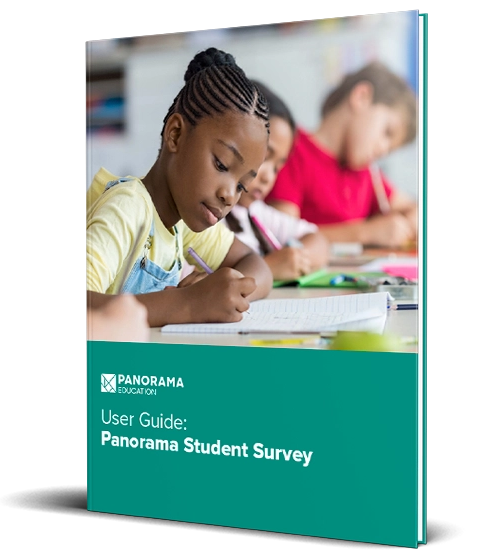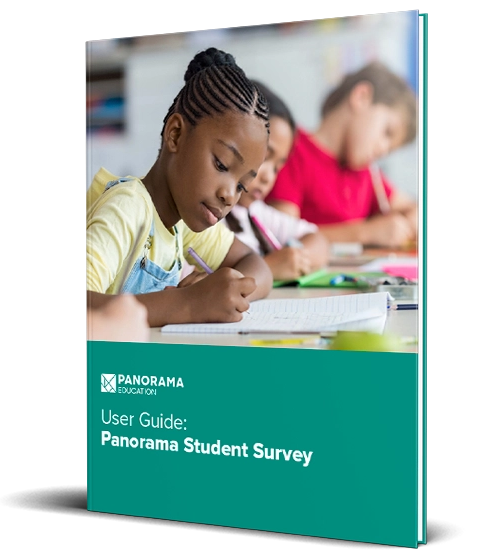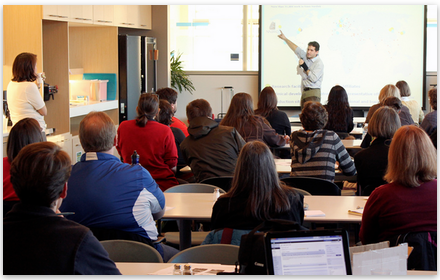Example Topics
Growth Mindset
Student perceptions of whether they have the potential to change those factors that are central to their performance in school.
Self-Management
How well students manage their emotions, thoughts, and behaviors in different situations.
Social Awareness
How well students consider the perspectives of others and empathize with them.
Self-Efficacy
How much students believe they can succeed in achieving academic outcomes.
Learning Strategies
How well students deliberately use strategies to manage their own learning processes generally.
Perseverance
How well students are able to persevere through setbacks to achieve important long-term goals (not limited to academics), taking into account their experiences and identities.





